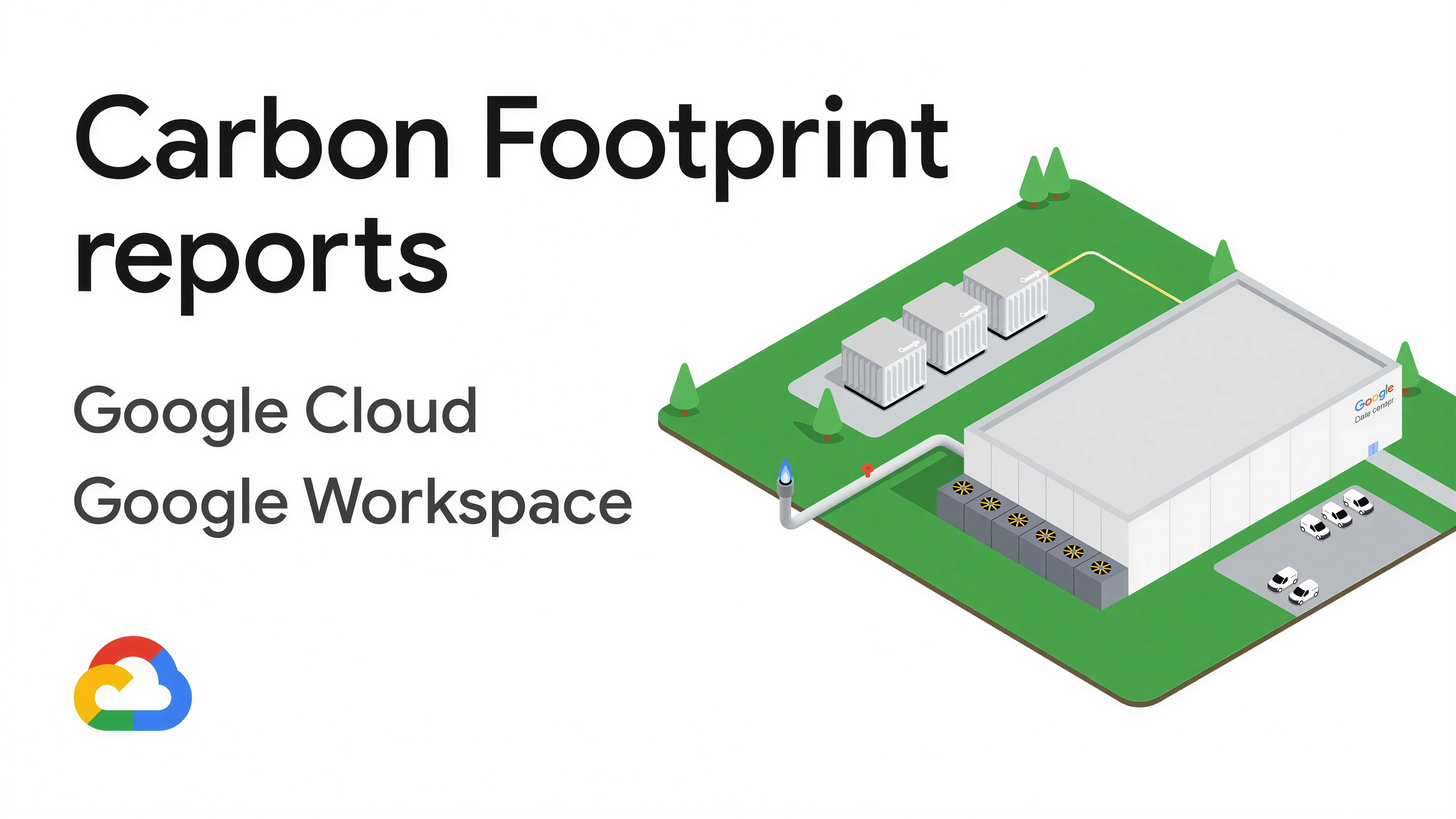This launch marks another step in Google’s wider commitment to sustainable advertising practices and transparency. For the first time advertisers can see how their campaign structure targeting strategy and platform use contribute to emissions allowing them to make more eco conscious decisions in real time.

How the feature works
The Carbon Footprint tool categorizes emissions into three scopes. Scope 1 covers direct emissions from Google’s own operations Scope 2 accounts for indirect emissions from energy usage and Scope 3 measures emissions across the broader value chain. Using data points such as targeting patterns, media mix and auction activity Google calculates emissions at the account level offering deeper precision than simple ad spend based estimates.
The data is refreshed monthly allowing advertisers to generate reports several times a day for multiple accounts. Location based data is available from January 2024 while market based data began rolling out from July 2024. This helps brands compare regional energy patterns and understand how their campaigns perform from both a performance and sustainability perspective.
A new benchmark for sustainable marketing
One of the most notable findings from early adopters is that real time emission estimates are often lower than traditional ad spend calculations. This is because Google’s model focuses on actual resource usage rather than purely financial metrics. Marketers using the tool can identify optimization opportunities that reduce energy intensity for campaigns such as choosing efficient formats and adjusting delivery schedules.
ADVERTISEMENT
The Carbon Footprint tool does not yet measure emissions from content creation or viewer devices but Google sees it as a foundational step toward a full life cycle understanding of digital advertising’s environmental impact.

The industry shift toward responsible advertising
With sustainability becoming a key focus across industries Google’s latest move aligns with the growing demand for transparency in marketing technology. Brands are increasingly under pressure to track and reduce emissions not just in their supply chains but also in their advertising ecosystems. By embedding sustainability insights directly into ad management dashboards Google has turned a once invisible metric into a visible and actionable one.
What it means for advertisers
For brands this means sustainability can now be measured alongside performance. Teams can compare emissions trends over time test greener campaign setups and include emission reports in corporate sustainability disclosures. This tool positions Google as one of the first major ad platforms to connect environmental accountability directly with marketing decisions.
As advertisers look ahead the Carbon Footprint feature may become a standard part of campaign planning and reporting similar to metrics like reach or conversions. It represents a significant step toward a cleaner and more responsible advertising ecosystem where efficiency and sustainability can grow together.
ADVERTISEMENT
Follow Marketing Moves on Instagram and Facebook for more stories, insights and updates from the world of media entertainment and marketing.
















